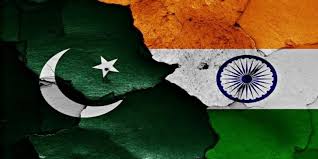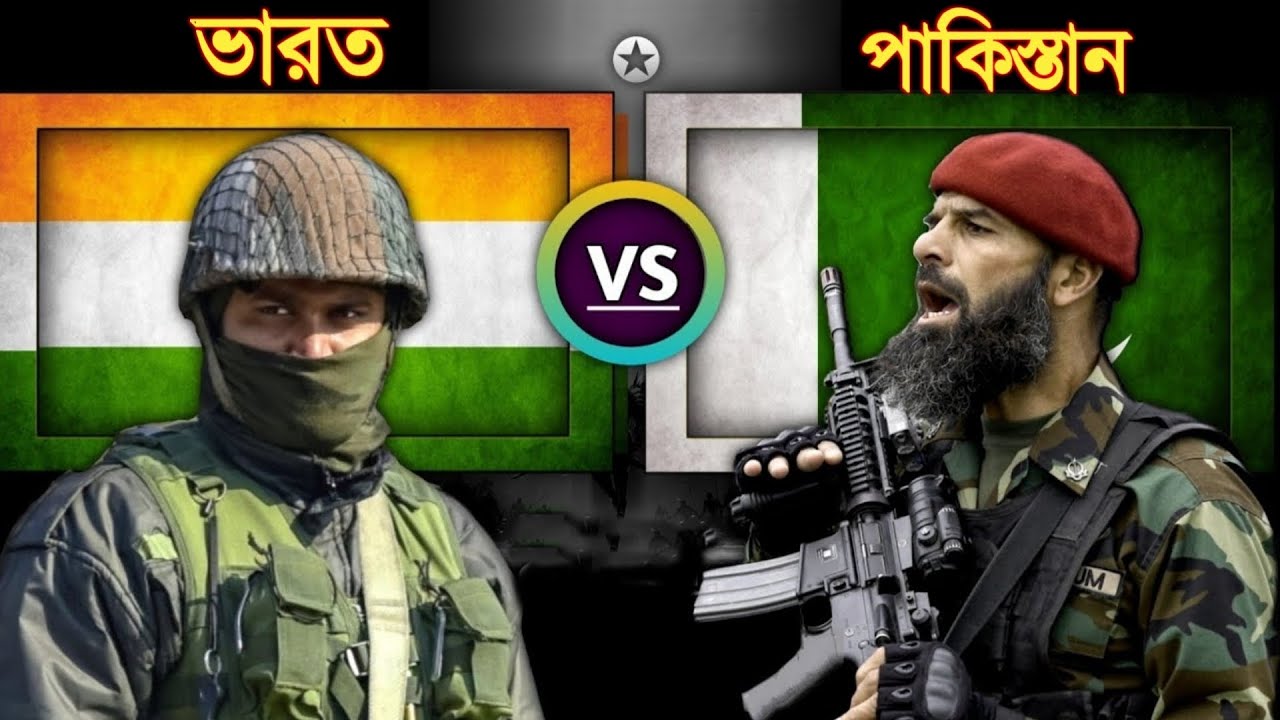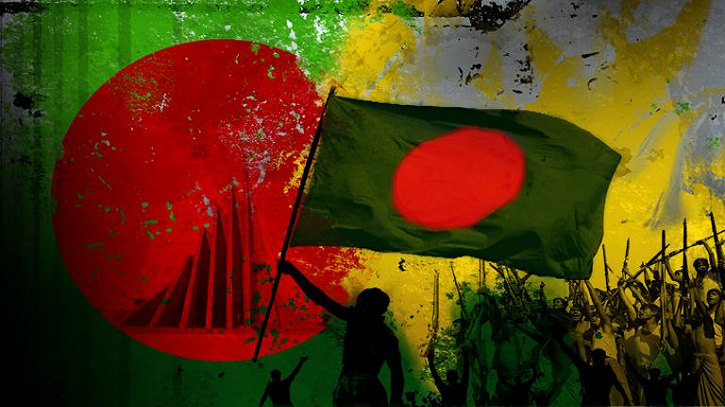India-Pakistan Enmity: Seven Decades of Conflict and an Uncertain Future!


Published: 05:11 24 April 2025
Two states—born from the same land, but driven by two opposing political philosophies. India and Pakistan, although separated by the partition of 1947, have a history of almost complete hostility, mistrust, and conflict. Yet, there are deep similarities in the cultures, languages, and histories of the two countries. So where is the mistake? Why this repeated tension?
Past History: Roots of Partition and Enmity
In 1947, with the end of British rule, the Indian subcontinent was divided on the basis of religion. Pakistan was formed for the Muslim majority, while India emerged as a multi-ethnic, secular state. During the partition, about 10 to 15 million people were displaced, and at least 1 million people lost their lives in communal riots.
Kashmir was then a state whose Maharaja Hari Singh was a Hindu, but the majority of its subjects were Muslims. Although he wanted independence, he called on India for help in the face of Pakistani attacks and India annexed Kashmir through an agreement. This began the First Indo-Pakistani War (1947-48). Since then, the Kashmir issue has become the biggest dispute between the two countries.
Various wars and military conflicts
1. 1947-48 War:
The first war centered on the acquisition of Kashmir. At the end of the war, a ceasefire was reached with the intervention of the United Nations and Kashmir was divided into two parts—‘Azad Kashmir’ (under the control of Pakistan) and ‘Jammu and Kashmir’ (under the control of India).
2. 1965 War:
Again, a conflict over the Kashmir issue. Both sides suffered heavy losses. At the end of the war, the Tashkent Agreement was signed, mediated by the Soviet Union.
3. 1971 War:
India intervened in humanitarian ways against India’s direct involvement in the freedom struggle of East Pakistan (now Bangladesh) and the oppression of the Pakistani army. This resulted in the creation of independent Bangladesh. This war was a major defeat and a final military disaster for Pakistan.
4. Kargil War of 1999:
India reacted when Pakistani troops (in disguise) took up positions in the Kargil region. This war also tarnished Pakistan's image in the international arena.
Terrorism and Unwanted Conflicts
Mumbai Attacks (2008):
Pakistan-based militant organization Lashkar-e-Taiba carried out a series of attacks in Mumbai, in which 166 people were killed. India took a strong stand against Pakistan and garnered support from the international community.
Pulwama Attacks (2019):
A suicide attack in Kashmir killed 40 Indian CRPF jawans. In response, India carried out air strikes in Balakot. When Pakistan retaliated, a state of war was created between the two countries. Both sides avoided war due to pressure from world politics.
Diplomacy and Political Attitudes
There is a kind of 'stop-go' policy in India-Pakistan diplomacy. Sometimes peace talks, sometimes border skirmishes. Different governments and ruling groups use diplomatic situations for their own political interests. For example:
Atal Bihari Vajpayee and Nawaz Sharif started a peace process, but the Kargil war ruined it.
Manmohan Singh and Gilani tried to improve relations, but everything went backwards because of the Mumbai attacks.
Although there were some dramatic moments during the Modi and Imran Khan era, relations did not improve in the end.
Economic and social impact
This permanent hostility between the two countries is not limited to military spending, but its impact has also had an impact on the economy, education, human development and regional trade.
The combined military budget of the two countries: about $ 70-80 billion US dollars per year, which if spent on development could have made a lot of difference.
The two countries have the lowest intra-regional trade in South Asia, which is a cause of economic loss for both.
Humanitarian perspective: What does the will of the people say?
A large section of the people want peace. Many people advocate peace on social media, support each other at cricket matches, and welcome cultural exchanges. But state policies and the media sometimes incite war hysteria.
International geopolitics and the role of major powers
China: Pakistan's main ally, but maintains economic ties with India.
The United States: Despite its strategic partnership with India, it has provided military aid to Pakistan for many years.
Russia: Historically a close ally of India.
The Arab world: Despite Pakistan's Muslim identity, it has recently leaned towards India.
The way forward: conflict, stagnation or peace?
Analysts say the two countries' nuclear capabilities may deter war, but the potential for border clashes, cyberattacks and 'proxy wars' is increasing. To establish peace in the future, we need:
Bilateral political goodwill
A policy in favor of peace under public pressure
An active role of the international community
A neutral media and educated public opinion
Conclusion
India-Pakistan relations stand on an ‘explosive equilibrium’. Although history is bloody, the future can only be discussed on the basis of peace and mutual trust. What is needed now is leadership and public opinion that will write a story of reconciliation, not conflict.
Advertisement
Most Readed - Opinion
- Fahim Islam arrested in Kulaura for raising 'Joy Bangla' slogan under BNP banner
- Madaripur mob lynching on suspicion of theft: Attempt to gouge out a young man's eyes
- Rabindra University students sit on the road demanding permanent campus, North Bengal-Dhaka road communication blocked
- I want to serve the people of remote areas by mixing with them: Moinuddin
- Filing ‘Zero Tax Return’ is punishable by law: NBR
- A great comeback in ODIs: Shaheen Afridi sets world record
- SSC and equivalent exam re-examination results published, number of applicants increased
- Pakistan rejects Indian plane downing claim in ‘Operation Sindoor’
- 11 more people die of starvation and malnutrition in Gaza, 98 children killed
- Mirza Abbas's complaint: Hasina has played 12, the interim government has played 24
- The Iranian public has mixed reactions to the death of President Ibrahim Raisi
- Iran's President Ebrahim Raisi and Foreign Minister died in the helicopter crash
- Ibrahim Raisi Killed: Mere Accident or Premeditated Murder?
- 3 KNF members were killed in a joint operation led by the army in Bandarban
- in the memory of Ibrahim Raisi, mourning in the country
- Today is Sheikh Hasina's 44th Homecoming Day
- Urinary Bladder Cancer: Symptoms to watch out for
- Kangana will say goodbye to the world of cinema forever
- France supports arrest warrant application against Netanyahu-Hania
- High blood pressure 'silent killer' for kidneys


